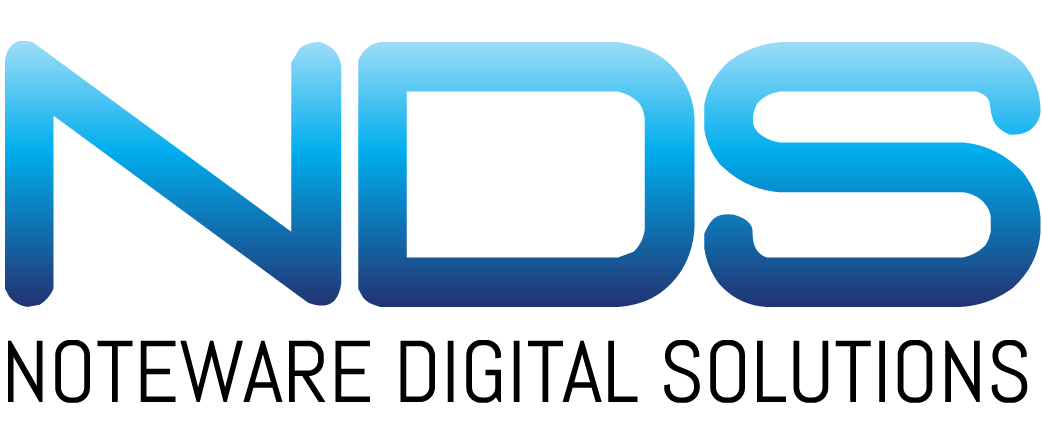Web Development Client To-Do List
- Define your project scope and objectives: Clearly outline your expectations, goals, and any specific requirements for your website.
- Collect relevant content: Provide all necessary content, such as text, images, videos, and branding materials (logos, color schemes, etc.).
- Establish your target audience: Identify your target audience to help guide design and development decisions.
- Identify key competitors: Provide a list of your competitors’ websites for analysis and inspiration.
- Determine website structure: Collaborate with the web developer to establish a site map, outlining the main pages and their hierarchy.
- Agree on design preferences: Provide examples of websites you like in terms of design and functionality, and discuss your preferences regarding layout, typography, and other visual elements.
- Set a project timeline: Establish a realistic timeline, including milestones for deliverables such as wireframes, design mockups, and final site launch.
- Decide on the platform and technologies: Discuss the best platform and technology stack for your project, considering your needs and budget.
- Confirm budget and payment terms: Agree on a budget and payment schedule, ensuring that both parties are clear on financial expectations.
- Provide access to existing assets: If applicable, provide access to your domain, hosting account, or any other relevant platforms or tools.
- Define communication channels: Establish preferred methods of communication and regular check-ins to ensure progress and address any questions or concerns.
- Review and approve wireframes and design mockups: Review wireframes and design mockups presented by the developer, providing feedback and approval, and requesting any necessary revisions.
- Schedule user testing and feedback: Plan for user testing and feedback sessions to ensure your website meets the needs of its target audience and adheres to usability best practices.
- Confirm post-launch support and maintenance: Discuss and agree on any ongoing support and maintenance needs, such as updates, bug fixes, or new feature development.
- Obtain final sign-off: Once your website is complete and has been tested, provide your final approval before launching the site.




